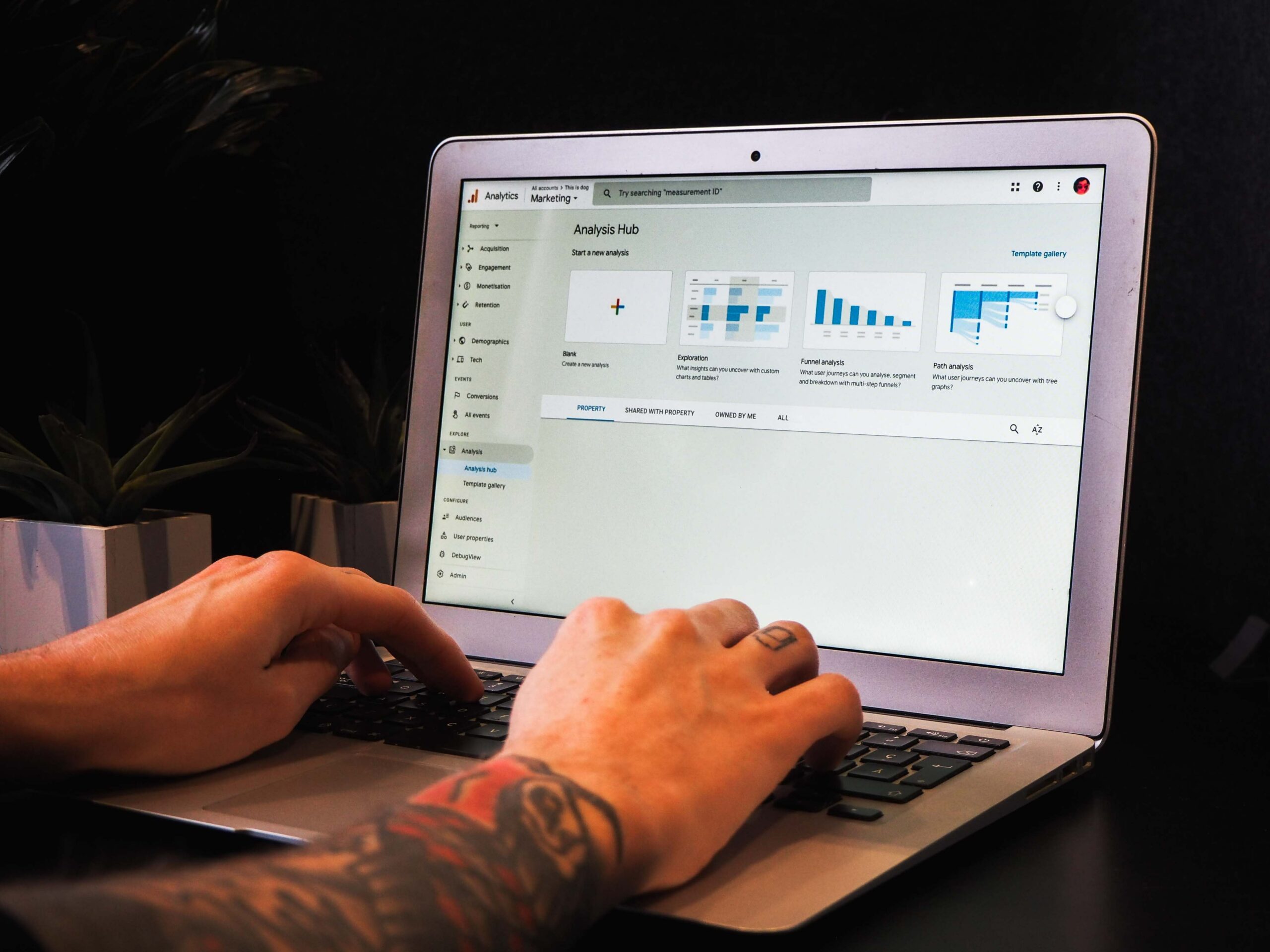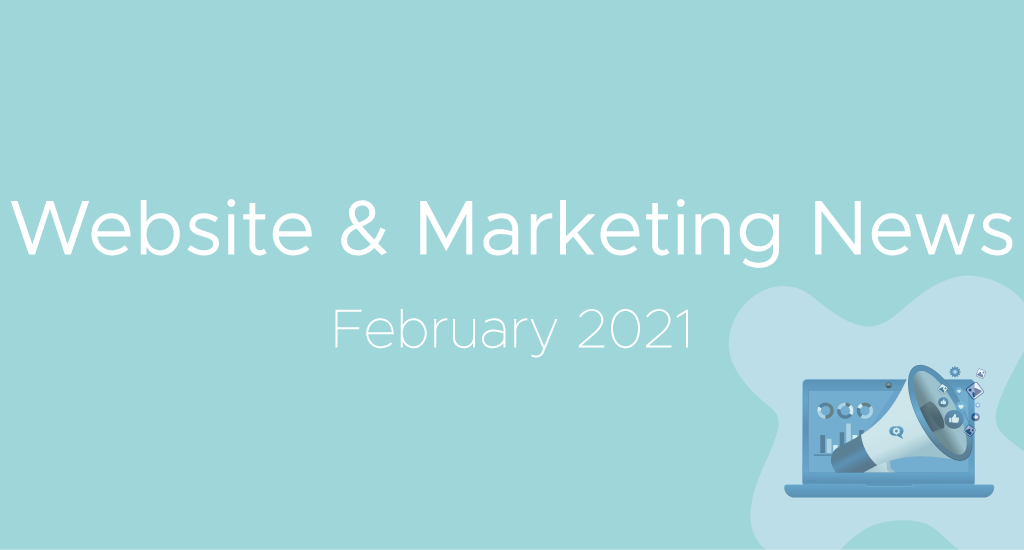A lot of time and effort has gone into creating your ads for Google Search and Display.
Campaigns built. Keywords ready. Ad Copy approved.
Now you’re ready to launch, right?
No, lots of people make the mistake that if their ads are good enough, they’ll automatically get a great level of traffic and conversion rate.
Unfortunately, they’d be wrong there. And it’s all down to the landing page.
If your landing page is neglected, users can get to your site and immediately disengage with your brand. It may not provide the information they’re looking for or they could feel like the site looks untrustworthy.
In this article we’ll help you to look after your PPC landing page by highlighting 4 mistakes marketers make:
1. Using the same landing page for everything
PPC landing pages are specifically tailored web pages that deliver all the information your customers need, whilst also pushing them to convert.
But some businesses are tempted to use one landing page for everything (generally a homepage). Creating multiple variations of a PPC specific landing page can help guide your customers through the conversion funnel.
The added benefit of improving landing page specificity is increasing its relevance to the user’s search term, therefore benefiting your keyword’s Quality Score in the long term.
Here are 2 examples of how you can vary your landing pages:
- Geo-targeted – If you are targeting different cities, use landing pages to reflect that
- Product specific – If you offer multiple products, use product-specific pages for your product keywords. This will send your customers straight to where they need to be.
Knowing which one works best is difficult, which brings us on to mistake 2…
2. Not testing
Best practice for your Ad’s account is to create a testing plan, helping you to gauge what ad copy resonates best with your customers.
Landing Pages are no different, and using Google Ad’s Drafts & Experiments tool you can easily set up a landing page test within the platform itself.
If you want to delve deeper into individual landing page performance, you can use Google Optimize. This works with both Google Ads and Google Analytics and helps you to further optimise your conversion rate.
Much like your ads, you should test your messaging to see which best resonates with your customer. This includes tweaking the Call To Action, geo-specificity and product specificity.
3. Not building trust
A trustworthy website is immediately obvious, right?
Not necessarily.
Psychologically our brains are geared to pick up on subtle clues subconsciously and therefore it’s difficult to quantify exactly whether or not a website is trustworthy.
There are more obvious ways, like keeping your website up-to-date (and not looking like it was built in the late 90s!).
But here’s a list of 4 key things you should do to build trust:
- Spelling and grammar – Simple things like spelling mistakes and poor grammar will immediately switch people off. Like your teacher used to say, spell check!
Bios and Social Profiles – Adding in short bios about you and your staff, and adding links to your Instagram and Twitter pages help to humanise your business - Testimonials & Reviews – People are naturally sceptical of something they have to pay for that has no reviews. That’s why it’s important to include testimonials to show that real people have used your product and have had a good experience of it.
- Contact Info & Business Address – Giving the customer multiple links to contact you can help build trust. Adding in your business email and phone number gives them an easy way to contact you if something goes wrong. Showing your office or store on an embedded Google Maps map looks even better.
Partners and Accreditations – This helps to legitimise your business and shows that you know what you’re doing. - These help to make your business less automated and more human, allowing the user to relate to your business on a more personal level and build a level of trust with you.
4. Focussing on Desktop
The final sin is focussing on Desktop and forgetting Mobile.
Mobile is by far the largest slice of the Google Search pie and you should be thinking about what experience your users have on mobile too.
4 things to think about with your mobile site:
- Accessibility – Does the text scale? Can users easily scroll up and down and find the info they need? Ensure you avoid classic issues like the CTA button being half obscured due to the change in resolution.
- Customer feedback – Nothing wrong with asking your customers to give you their thoughts on what is good and bad.
- Minimal clutter – Simplicity is the aim of the game. Too much stuff on the page can dissuade people from browsing your site even on desktop, so on mobile with vastly smaller screen size this cluttered effect is amplified. Make sure your website design is simple.
- Test the speed and mobile-friendliness – Use Google’s Test My Site and Mobile-friendly tools to check how your site performs. It can give you a breakdown of areas that perform poorly and cause loading speed issues. You can also use this to test your competitors and see how your site compares to theirs.
Thankfully website builders like WordPress can help you build your mobile page with minimal faff with responsive designs, but do be careful when using external plug-ins that may not scale in the same manner.
Summary
Avoiding those 4 mistakes will help you get the most out of your landing page and help to increase your conversion rate.
Use this checklist to help you cover everything:
- Build a specific, bespoke page for PPC
- Use messaging that matches your ads
- Create a testing plan for tweaks to your site
- Test your page for mobile using Google’s tools
- Use mobile-friendly responsive website-builder themes
- Check Spelling & grammar
- Include Customer Reviews & Testimonials
- Add in Bios and Social Profiles
- Include Contact info







